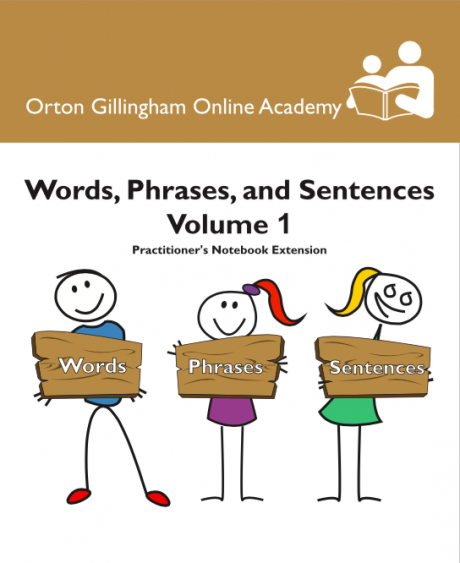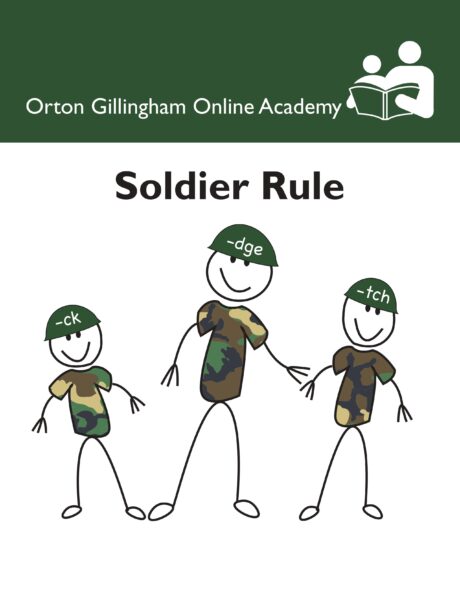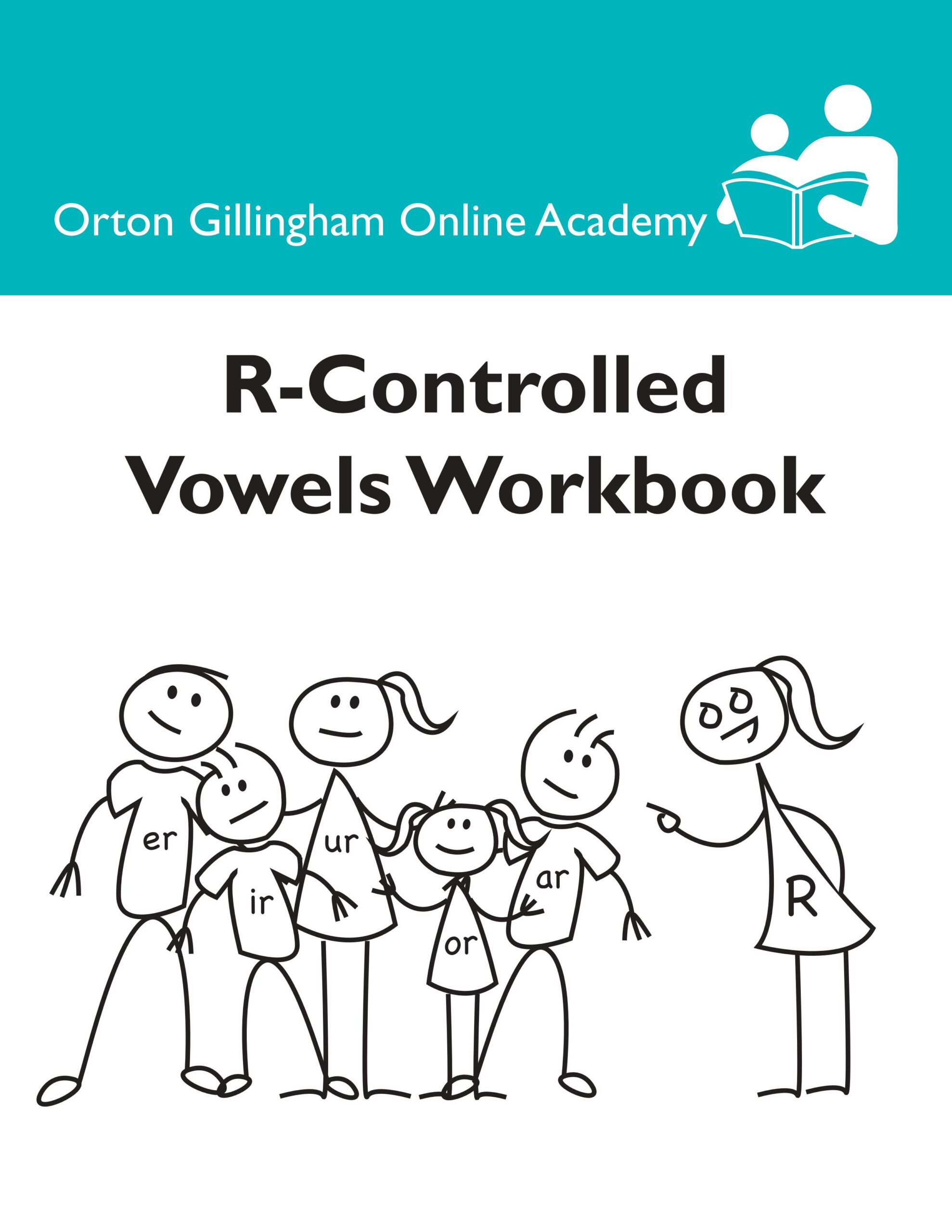Description
This workbook covers grade 3 concepts according to the Orton Gillingham Online Academy’s scope and sequence.
Read, practice, and perform (a Reader’s Theater Approach) is a powerful tool when integrated with Orton Gillingham (OG) instruction, especially when students read, practice, and perform stories using concepts they’ve just learned. Here’s why it’s so effective:
1. Reinforces Explicit Instruction Through Repetition
OG lessons follow a structured, sequential, multisensory approach. A Reader’s Theater approach provides purposeful repetition of phonics patterns, syllable types, spelling rules, and morphology that have been explicitly taught. Rehearsing lines helps students re-encounter and internalize those concepts in context.
2. Promotes Reading Fluency
Through repeated reading of scripts, students build:
-
Accuracy (correct decoding)
-
Rate (appropriate pacing)
-
Prosody (expression and phrasing)
This fluency practice supports automaticity, which is essential for comprehension. Because a Reader’s Theater approach is low-pressure (no memorization required) and engaging, even reluctant readers are more motivated to practice.
3. Builds Confidence and Motivation
When students recognize that they can decode, understand, and perform a script using new skills they’ve mastered, it builds:
-
Self-efficacy
-
Willingness to take risks in reading
-
A sense of accomplishment
Performing for peers or parents adds a celebratory element that makes learning memorable.
4. Enhances Comprehension and Oral Language
OG instruction builds decoding and language foundations. A Reader’s Theater approach builds on that by:
-
Requiring students to understand the script (not just decode it)
-
Encouraging expression and tone
-
Supporting vocabulary and syntax development through listening and speaking
5. Encourages Collaboration and Social Learning
Working in small groups to read and perform scripts helps students:
-
Learn turn-taking and listening skills
-
Provide and receive feedback
-
Practice oral communication—a vital literacy skill
6. Connects Learning to Meaningful Contexts
Instead of isolated drills, students use learned concepts in a creative, real-world context. For example, after learning -ing, -ed, and CVCe patterns, students might perform a story like “Jane and Dave at the Skate Park“ using those exact patterns throughout.





